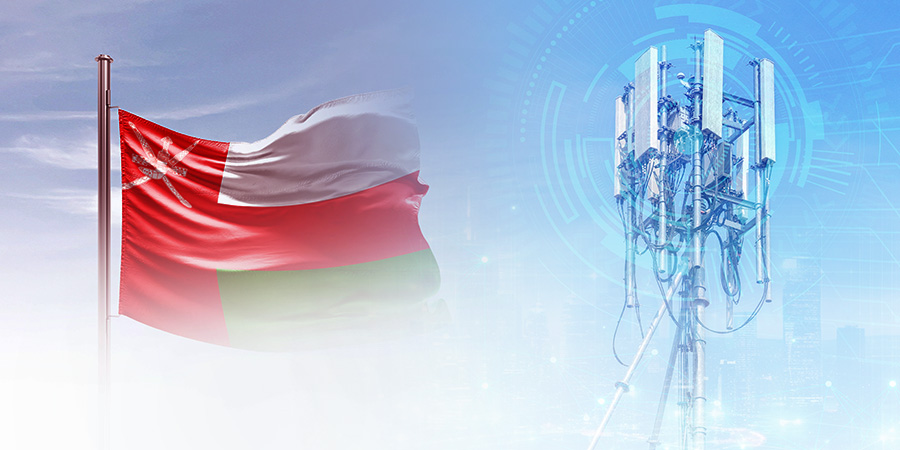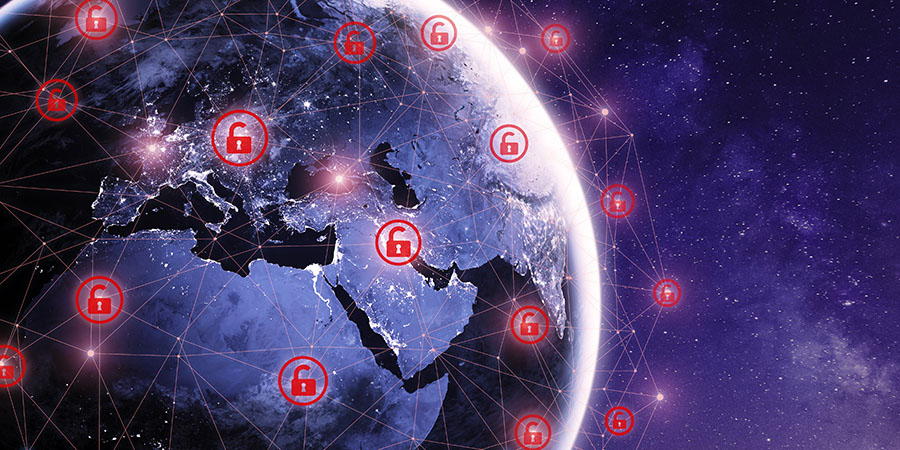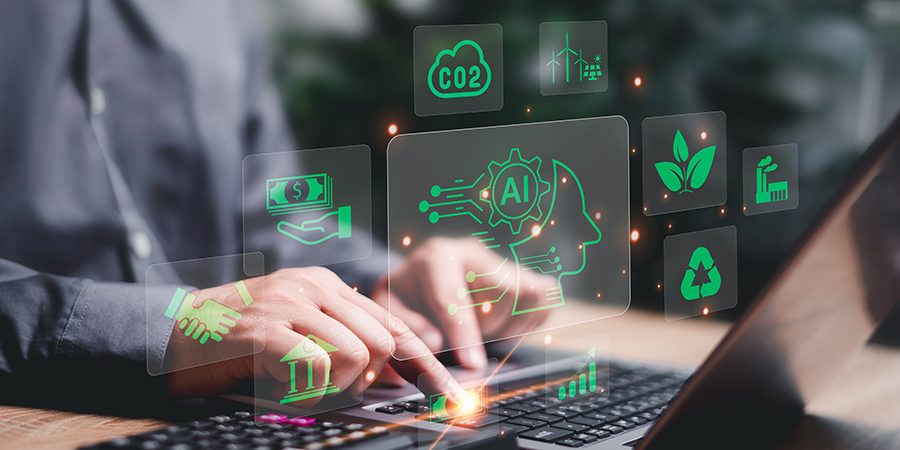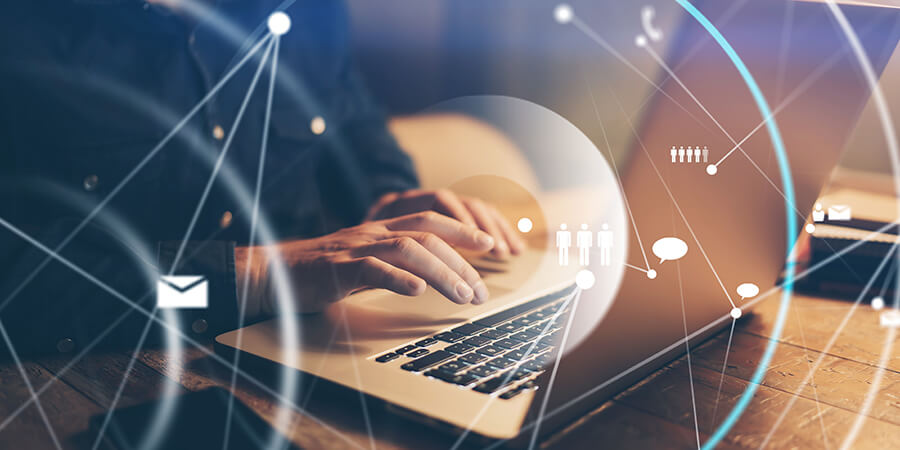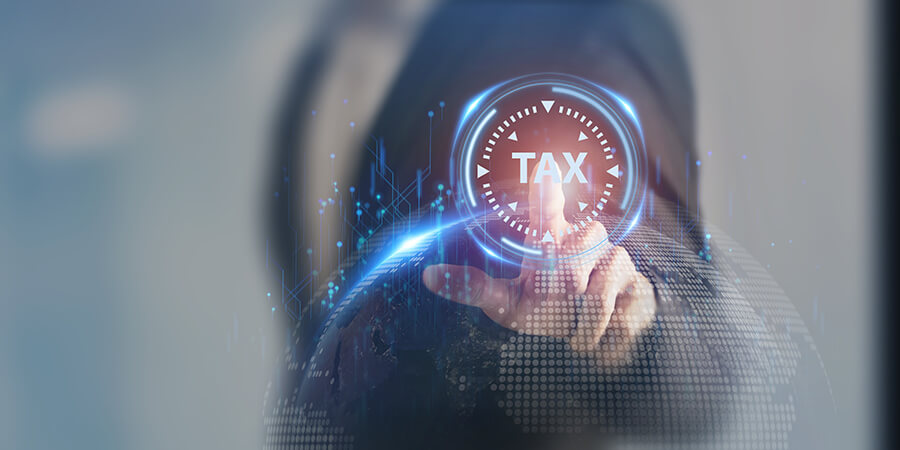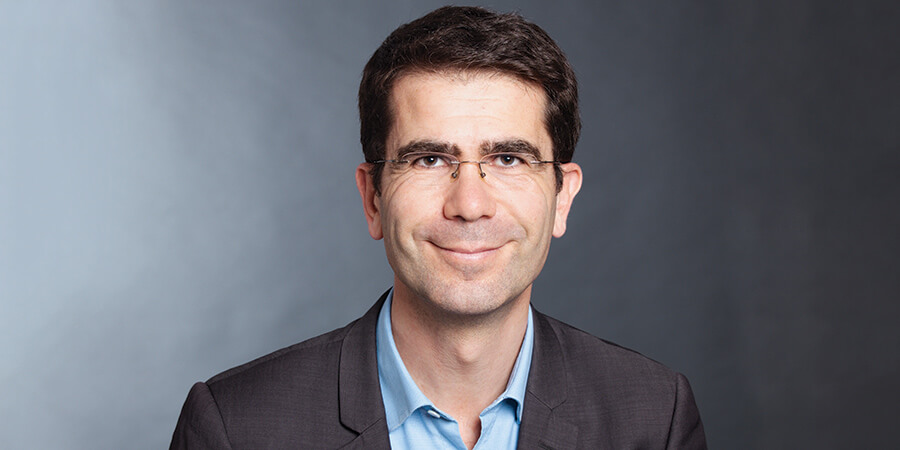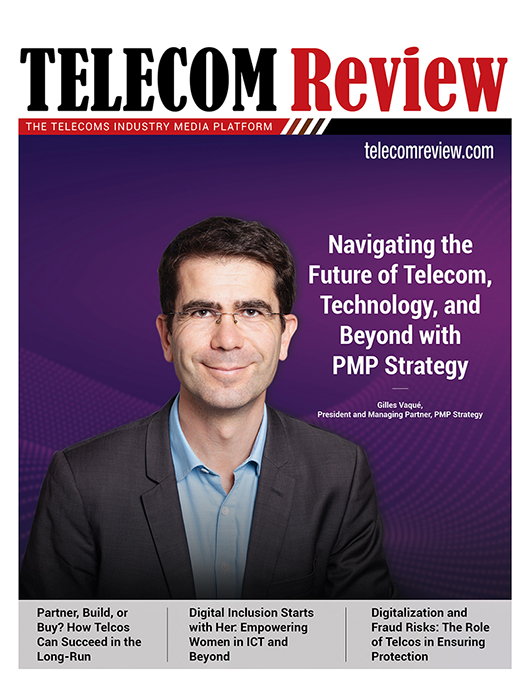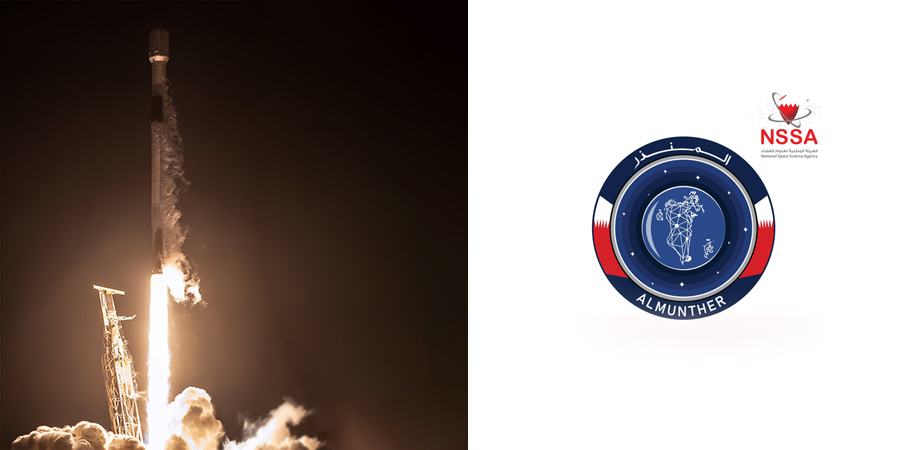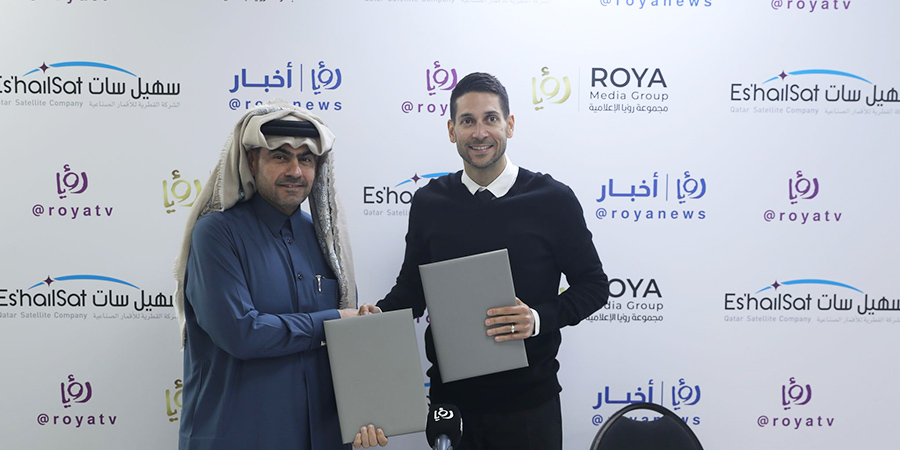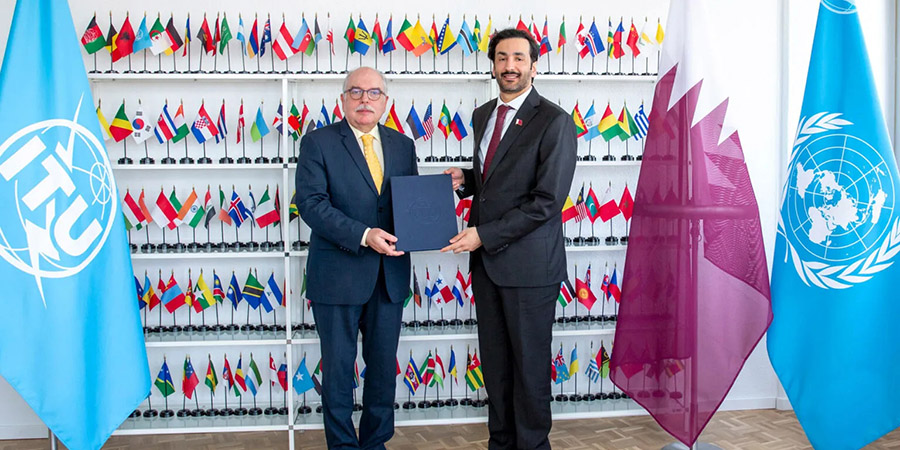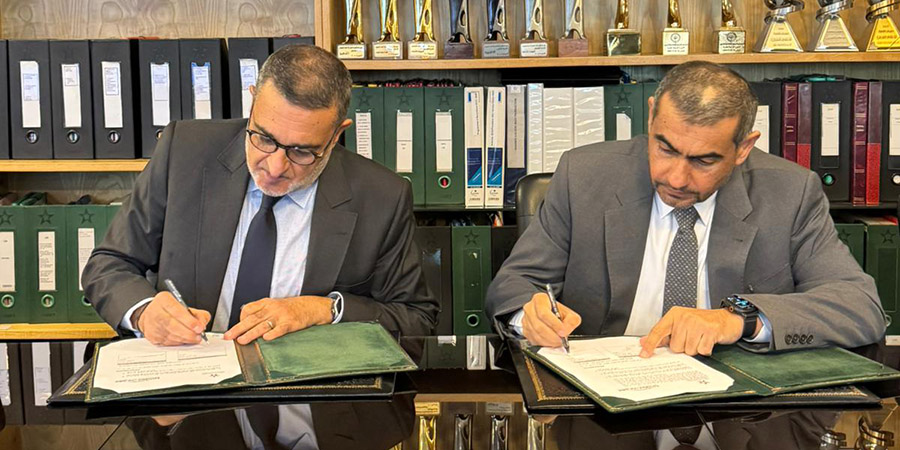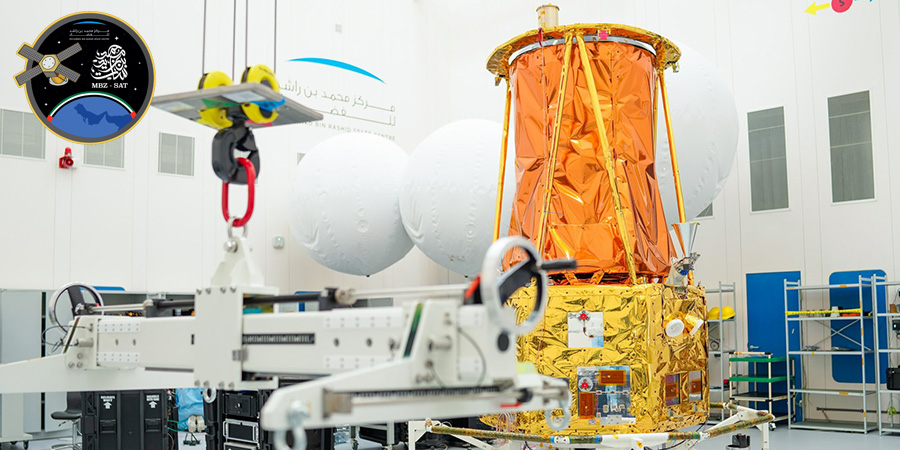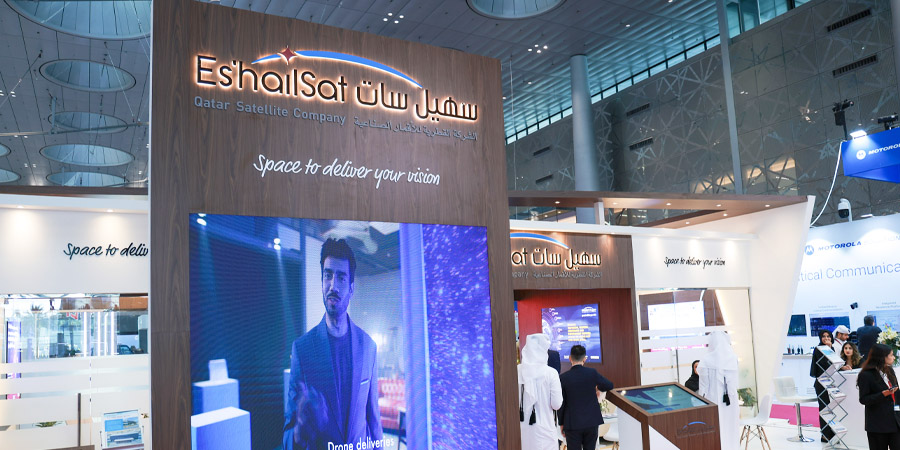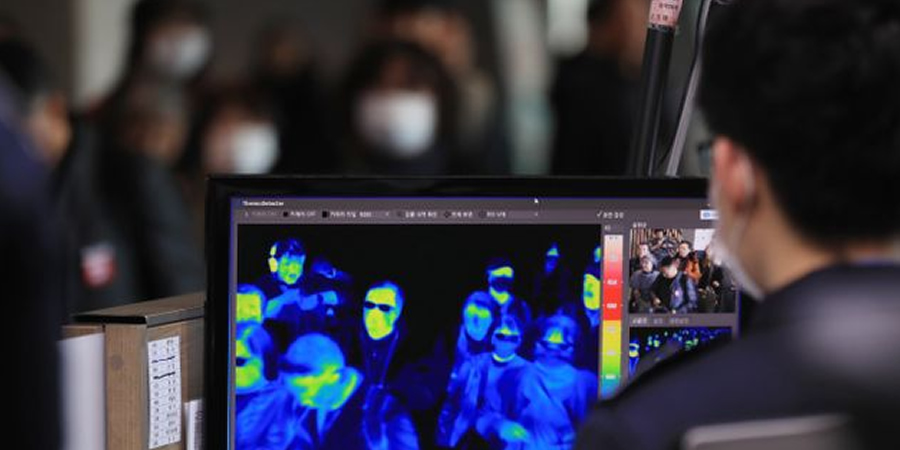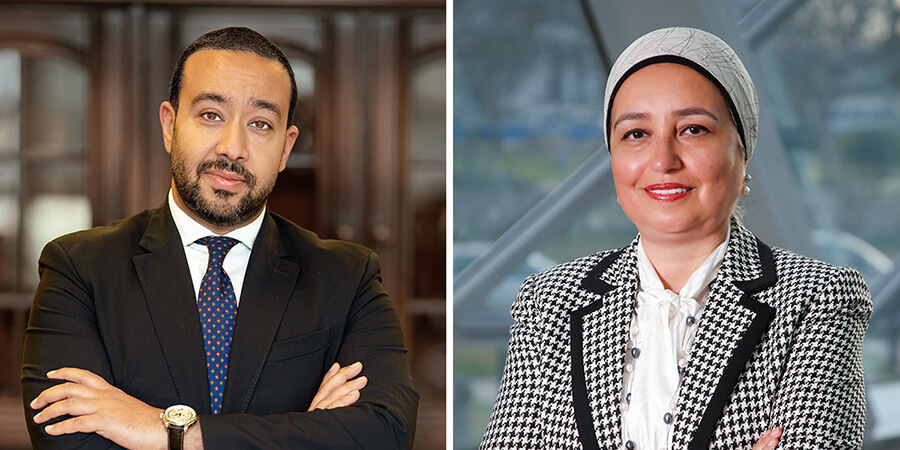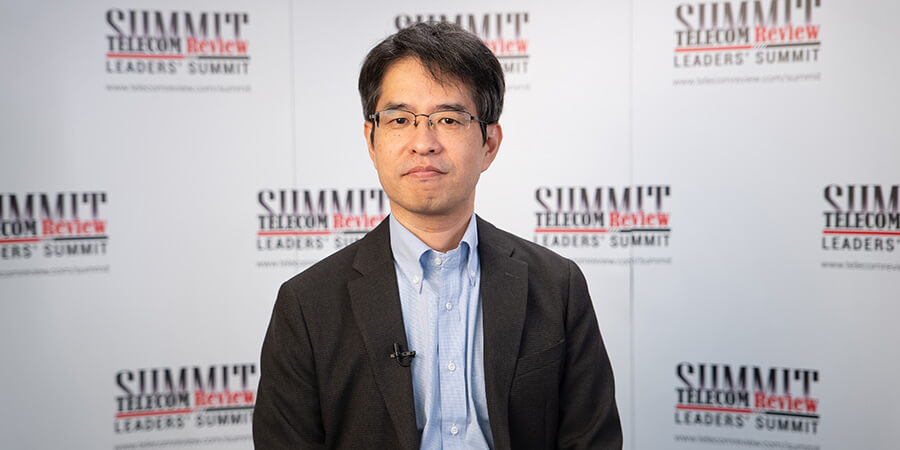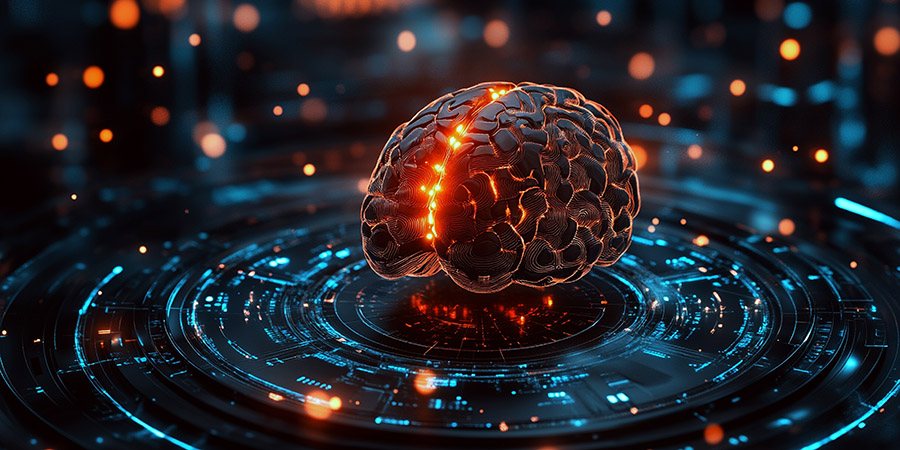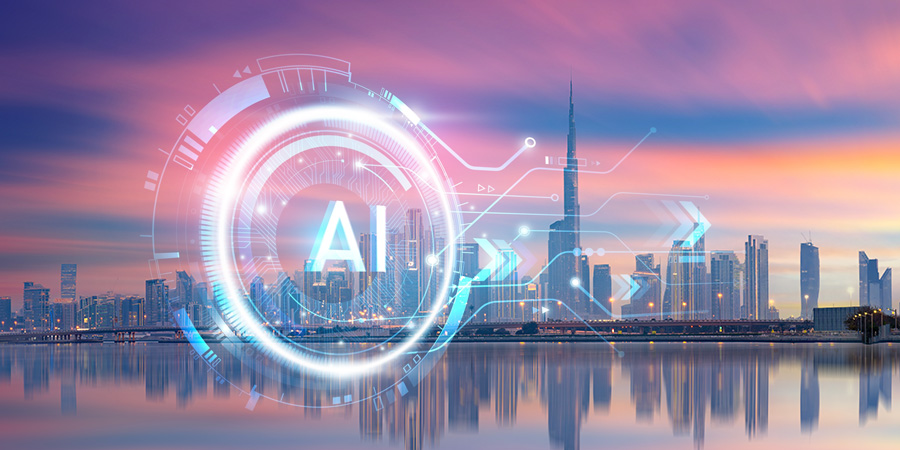The Covid-19 crisis enveloping millions of people around the world is also presenting a business opportunity for one tech sector: facial recognition. Biometrics companies that make facial recognition hardware have adapted its technology to determine temperature. In recent weeks, many companies have been marketing technologies as capable of picking out who in a crowd is likely to have a fever, and thus a possible coronavirus case.
This technology is not new. During the 2003 SARS and 2009 swine flu epidemics, airports across the U.S. used thermal imaging cameras to spot travelers who had fevers. What’s different about the technology today is its ability to send out immediate alerts to the appropriate parties, who can then make an informed decision on how to act.
Surveillance tech startups have quickly launched new products to jump on the opportunity to sell high-tech solutions to businesses desperate to get back to work. Other companies have long been in the surveillance camera market and were selling thermal imaging for years before the coronavirus swept the world.
Thermal imaging does not diagnose coronavirus, but if it detects a fever, that person will be asked to undergo more testing. Amazon has installed thermal cameras at its warehouses to enhance screening for workers with fever symptoms who could be infected with the Covid-19. Amazon said the thermal camera measure was taken “to support the health and safety of our employees, who continue to provide a critical service in our communities.”
But the problems with this technology are that thermal imaging is an imprecise method for scanning crowds, and doesn't measure inner-body temperature. It is also worth noting that the coronavirus only produces a fever after a person is infected for days, if there are symptoms at all.
A recent study in Iceland looking at tests from a sizable portion of the population found that 50 percent of everyone who tested positive did not show any symptoms. That hasn’t stopped the uptake for thermal cameras as governmental agencies, hospitals and private businesses scramble to find new ways to track those who may be infected.
As part of smart city projects, temperature sensing cameras are being deployed to combat the spread of the disease. The plan is to develop a multi-sensor camera for security and smart building applications leveraging facial recognition and analytics to identify people who have a high temperature as they are about to enter buildings.
Thermal image scanning for fever detection is broadly in use across China and South Korea, where the systems are set up in the fronts of businesses and buildings across both countries. Some businesses, have set up thermal imaging systems too, but the technology is not yet broadly adopted.
Thermal human face images are generated due to the body heat pattern of the human being. The range of human face and body temperature generally vary from 35.5°C to 37.5°C, providing a consistent thermal signature. The thermal patterns of faces are derived primarily from the pattern of superficial blood vessels under the skin. The vein and tissue structure of the face is unique for each person and, therefore, the images are also unique.
However, thermal cameras may be able to accurately read a person's skin temperature, but that does not mean they are effective at identifying people who have been infected with the coronavirus.
For screening people's health when traveling, the World Health Organization notes that “temperature screening alone may not be very effective as it may miss travelers incubating the disease or travelers concealing fever during travel, or it may yield false positive (fever of a different cause),” in guidance on its website.
There are other limitations of thermal imaging that could render it ineffective in accurately identifying coronavirus infections:
- Redistribution of blood flow due to alertness and anxiety causes abrupt changes in skin temperature;
- Energetic physical activity, consumption of food, alcohol, caffeine etc. may also affect the thermal characteristics;
- Glasses block most of thermal energy;
- Thermal cameras are expensive to deploy.






